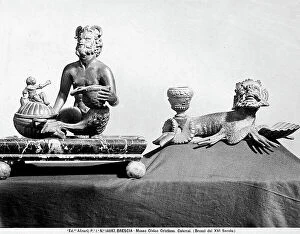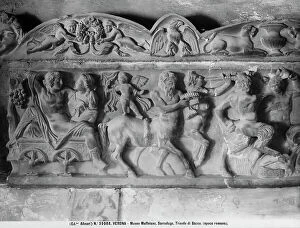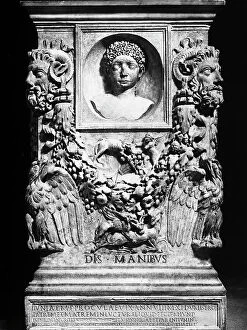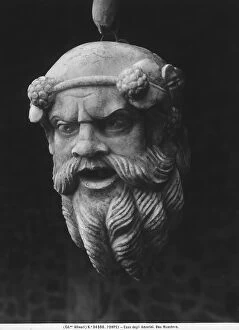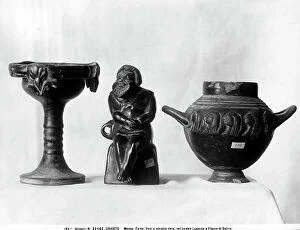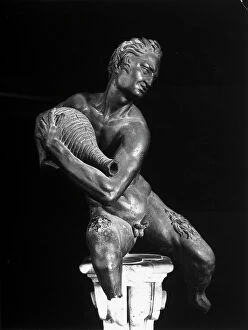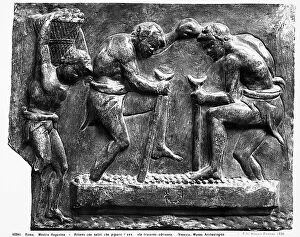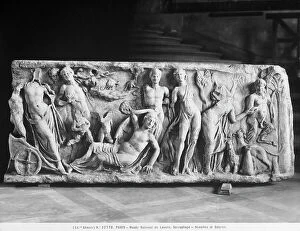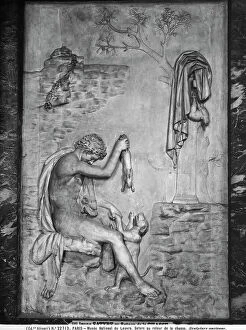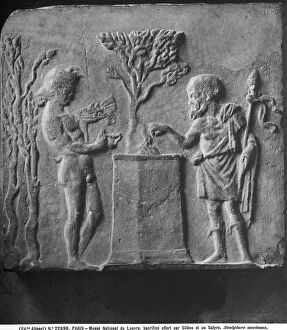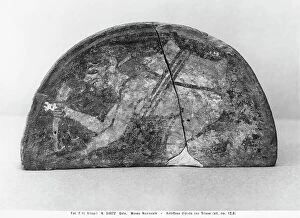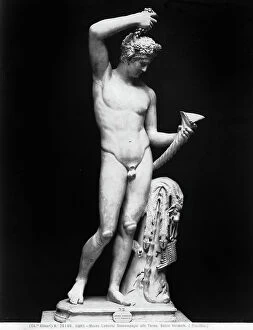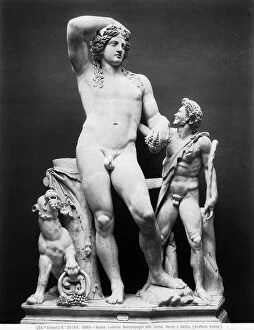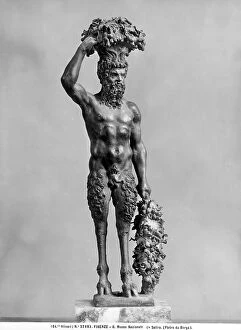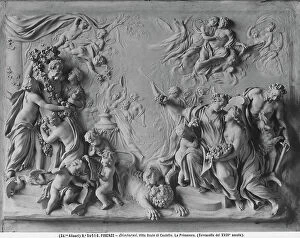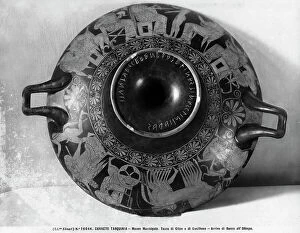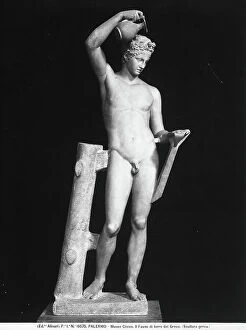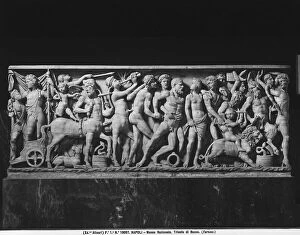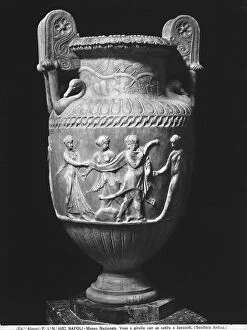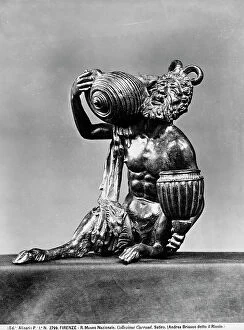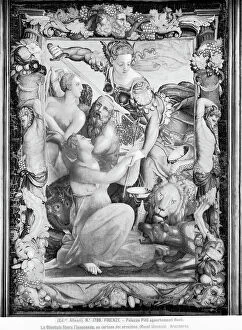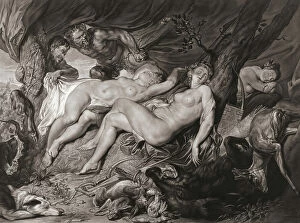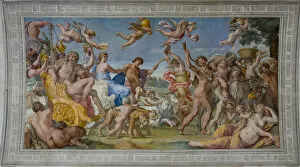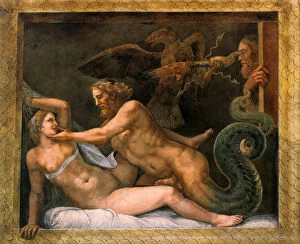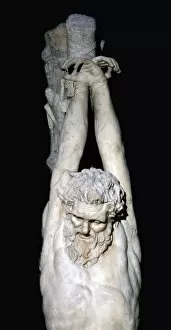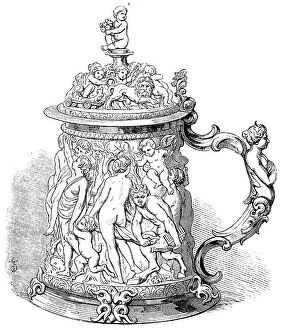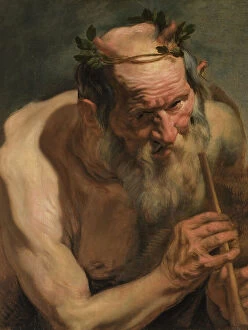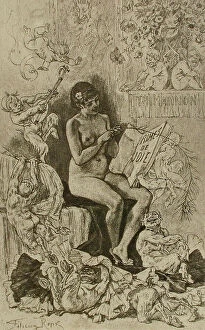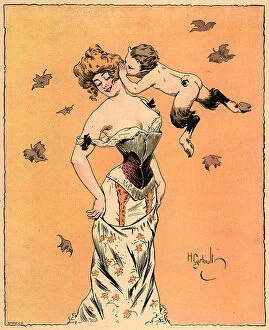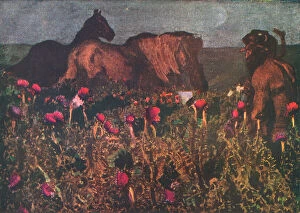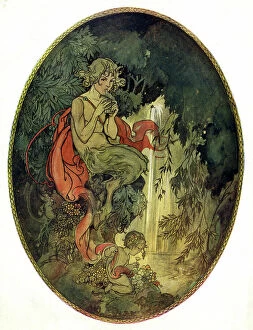Satyr Collection (page 6)
"Exploring the Enigmatic World of Satyrs: From Mythology to Art" Delve into the captivating realm of satyrs
All Professionally Made to Order for Quick Shipping
"Exploring the Enigmatic World of Satyrs: From Mythology to Art" Delve into the captivating realm of satyrs, mythical creatures that have fascinated artists throughout history. In Richard Dadd's masterpiece, "The Fairy Fellers Master-Stroke, " we witness a whimsical depiction of these mischievous beings. One cannot ignore the allure of the Barberini Faun, a Roman marble copy portraying a slumbering or intoxicated satyr. Its intricate details and lifelike representation leave us in awe. "The Feast of Venus" transports us to an enchanting scene where satyrs revel alongside gods and goddesses, celebrating love and pleasure. Their wild nature is beautifully captured in this vibrant painting. In "The Satyr Marsyas teaching Olympus to play, " we witness not only their playful side but also their role as teachers. These half-human creatures possess wisdom beyond their untamed appearance. Silenus gathering grapes by Annibale Carracci showcases another facet of satyrs' existence – their connection with nature and wine-making traditions. This artwork exudes both serenity and vitality simultaneously. Stefano della Bella's creation takes us back to childhood innocence as we observe a child playing joyfully with a satyr child and goat. The harmonious bond between these unlikely companions reminds us that beauty lies in unexpected friendships. Classical Greek gods are often allegorized through depictions involving satyrs, emphasizing their significance within ancient mythology. These hybrid beings symbolize raw emotions, primal instincts, and untamed desires. An ancient Attic black-figured amphora depicts Dionysus accompanied by two Maenads – female followers known for their ecstatic dances during Bacchanalian rituals. Here, the presence of satyrs adds an element of chaos intertwined with divine worship.

